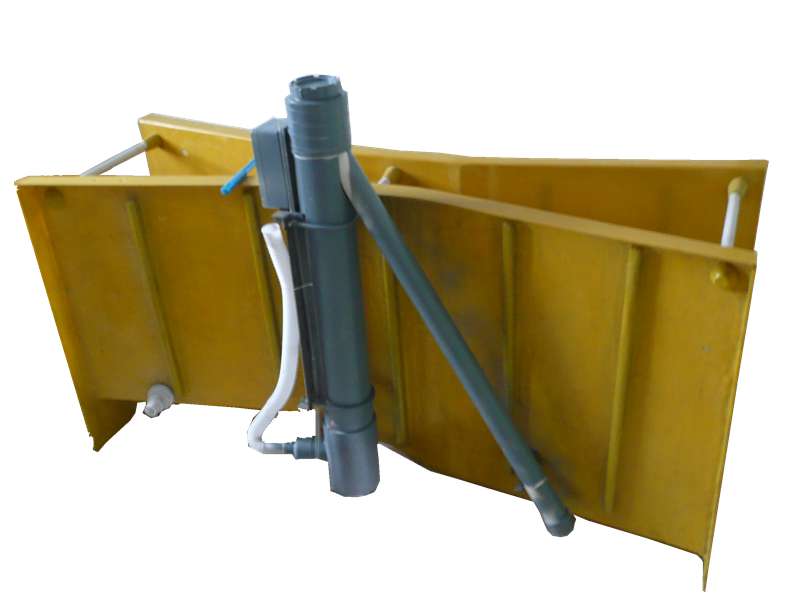
-
 Afrikaans
Afrikaans -
 Albanian
Albanian -
 Amharic
Amharic -
 Arabic
Arabic -
 Armenian
Armenian -
 Azerbaijani
Azerbaijani -
 Basque
Basque -
 Belarusian
Belarusian -
 Bengali
Bengali -
 Bosnian
Bosnian -
 Bulgarian
Bulgarian -
 Catalan
Catalan -
 Cebuano
Cebuano -
 China
China -
 China (Taiwan)
China (Taiwan) -
 Corsican
Corsican -
 Croatian
Croatian -
 Czech
Czech -
 Danish
Danish -
 Dutch
Dutch -
 English
English -
 Esperanto
Esperanto -
 Estonian
Estonian -
 Finnish
Finnish -
 French
French -
 Frisian
Frisian -
 Galician
Galician -
 Georgian
Georgian -
 German
German -
 Greek
Greek -
 Gujarati
Gujarati -
 Haitian Creole
Haitian Creole -
 hausa
hausa -
 hawaiian
hawaiian -
 Hebrew
Hebrew -
 Hindi
Hindi -
 Miao
Miao -
 Hungarian
Hungarian -
 Icelandic
Icelandic -
 igbo
igbo -
 Indonesian
Indonesian -
 irish
irish -
 Italian
Italian -
 Japanese
Japanese -
 Javanese
Javanese -
 Kannada
Kannada -
 kazakh
kazakh -
 Khmer
Khmer -
 Rwandese
Rwandese -
 Korean
Korean -
 Kurdish
Kurdish -
 Kyrgyz
Kyrgyz -
 Lao
Lao -
 Latin
Latin -
 Latvian
Latvian -
 Lithuanian
Lithuanian -
 Luxembourgish
Luxembourgish -
 Macedonian
Macedonian -
 Malgashi
Malgashi -
 Malay
Malay -
 Malayalam
Malayalam -
 Maltese
Maltese -
 Maori
Maori -
 Marathi
Marathi -
 Mongolian
Mongolian -
 Myanmar
Myanmar -
 Nepali
Nepali -
 Norwegian
Norwegian -
 Norwegian
Norwegian -
 Occitan
Occitan -
 Pashto
Pashto -
 Persian
Persian -
 Polish
Polish -
 Portuguese
Portuguese -
 Punjabi
Punjabi -
 Romanian
Romanian -
 Russian
Russian -
 Samoan
Samoan -
 Scottish Gaelic
Scottish Gaelic -
 Serbian
Serbian -
 Sesotho
Sesotho -
 Shona
Shona -
 Sindhi
Sindhi -
 Sinhala
Sinhala -
 Slovak
Slovak -
 Slovenian
Slovenian -
 Somali
Somali -
 Spanish
Spanish -
 Sundanese
Sundanese -
 Swahili
Swahili -
 Swedish
Swedish -
 Tagalog
Tagalog -
 Tajik
Tajik -
 Tamil
Tamil -
 Tatar
Tatar -
 Telugu
Telugu -
 Thai
Thai -
 Turkish
Turkish -
 Turkmen
Turkmen -
 Ukrainian
Ukrainian -
 Urdu
Urdu -
 Uighur
Uighur -
 Uzbek
Uzbek -
 Vietnamese
Vietnamese -
 Welsh
Welsh -
 Bantu
Bantu -
 Yiddish
Yiddish -
 Yoruba
Yoruba -
 Zulu
Zulu
Exploring GRP Tanks for Efficient Water Storage Solutions
Understanding GRP Tanks A Comprehensive Overview
Glass Reinforced Plastic (GRP) tanks have become increasingly popular in various industries due to their numerous advantages over traditional materials such as steel or concrete. These tanks are widely used for storing water, chemicals, and other liquids, thanks to their durability, lightweight nature, and resistance to corrosion.
One of the primary benefits of GRP tanks is their resistance to various environmental factors. Unlike metal tanks, which can corrode over time when exposed to moisture and certain chemicals, GRP tanks remain unaffected. This makes them particularly suitable for storing aggressive chemicals and waste materials. Moreover, their non-reactive surface ensures that the stored contents maintain their purity and do not undergo chemical changes over time.
.
In terms of maintenance, GRP tanks require much less upkeep compared to traditional storage options. The smooth surface of GRP reduces the likelihood of microbial growth, making them easier to clean and maintain. Additionally, the longevity of these tanks means that replacement or repairs are infrequently required, further minimizing long-term costs.
grp tank

An essential aspect of GRP tanks is their versatility in design. They can be manufactured in various shapes and sizes, catering to specific storage needs. Whether for residential use, industrial applications, or agricultural purposes, GRP tanks can be tailored to fit unique requirements, including custom fittings and access points.
In terms of environmental impact, GRP tanks are also designed to be more eco-friendly. Their manufacturing process typically involves less energy compared to the production of steel or concrete. Furthermore, they do not leach harmful substances into the environment, making them a safer choice for both public health and ecological preservation.
Despite their many benefits, it's crucial to consider that GRP tanks are not suitable for all applications. Extreme temperatures can affect the structural integrity of GRP, necessitating careful evaluation based on the intended use. Additionally, the initial cost of GRP tanks can be higher compared to traditional materials, although this is often offset by their durability and low maintenance costs over time.
In conclusion, GRP tanks represent a forward-thinking solution for liquid storage needs across various industries. Their resistance to corrosion, lightweight design, minimal maintenance requirements, and versatility make them an attractive choice for many applications. As industries continue to seek effective and sustainable storage solutions, GRP technology is poised to play a crucial role in shaping the future of liquid storage systems. With ongoing advancements, we can anticipate even more efficient designs and applications in the years to come.









